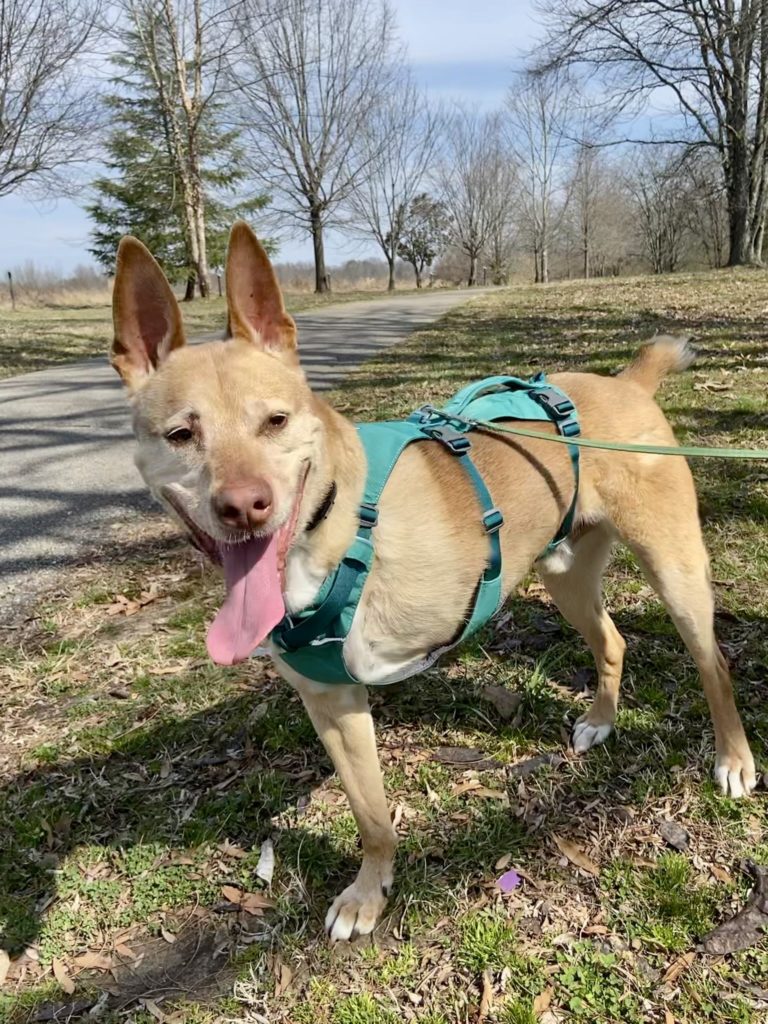Obesity and Exercise: Managing Arthritis in Pets
As you probably know, May is Arthritis Awareness Month, and we are discussing all things arthritis in pets in the VetStem blog. In last week’s blog, we covered arthritis in cats. This week we are discussing obesity and exercise and how these two things can help you manage your pet’s arthritis.

A few weeks ago, we mentioned that obesity or excess weight can cause or exacerbate arthritis in pets. Excess weight puts more stress on the joints and thereby causes them to break down faster. Unfortunately, several reports in recent years have indicated that obesity in pets is on the rise. Thus, osteoarthritis rates are also on the rise. It is estimated that approximately 25-30% of the general canine population in North America are obese, making it the most common preventable disease in dogs. Unsurprisingly, approximately 20% of all dogs are affected by OA, making it the most common chronic disease in dogs. Are you picking up on a pattern?
Fortunately, there is something that can help control weight AND arthritis symptoms: Exercise! That’s right, exercise, especially low- to moderate-impact exercise can not only help keep your pet in shape, it can also help to reduce the symptoms or delay the onset of arthritis.
Exercise such as walking and light hiking can help to maintain or reduce your dog’s weight, thus putting less stress on their joints. Additionally, routine exercise can help to strengthen the muscles and supporting soft tissue structures around the joints, promoting increased joint stability. It can also increase joint fluid circulation, which is beneficial to maintaining healthy joint cartilage.
While exercising your pet has many benefits, it’s important to speak to your veterinarian first, if you have concerns about your pet’s abilities. Generally speaking, regular, moderate exercise is favored over intermittent, intense exercise. According to Colorado State University College of Veterinary Medicine, “Regular physical activity is paramount in the treatment of osteoarthritis both in humans and animals. A lifestyle of regular activity that is moderated away from intermittent extremes of exercise (such as long hikes on the weekends) and activities to which the pet is not conditioned is essential. Ideally, multiple shorter walks are better than one long one. The same activity every day (or slightly increasing if tolerated) is ideal.”










